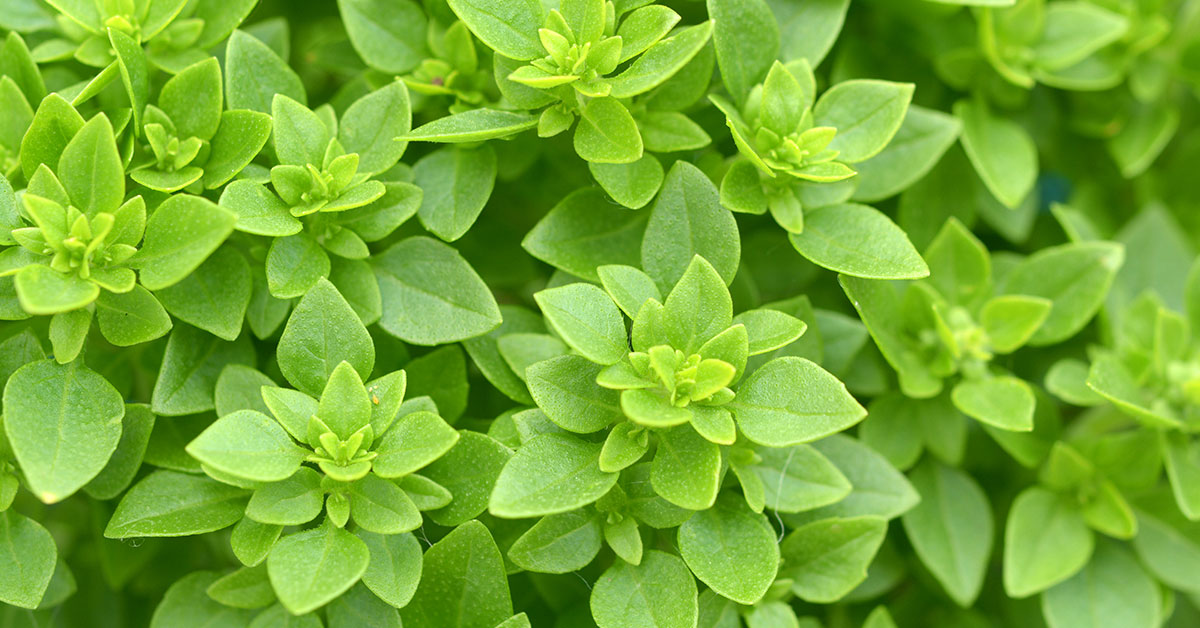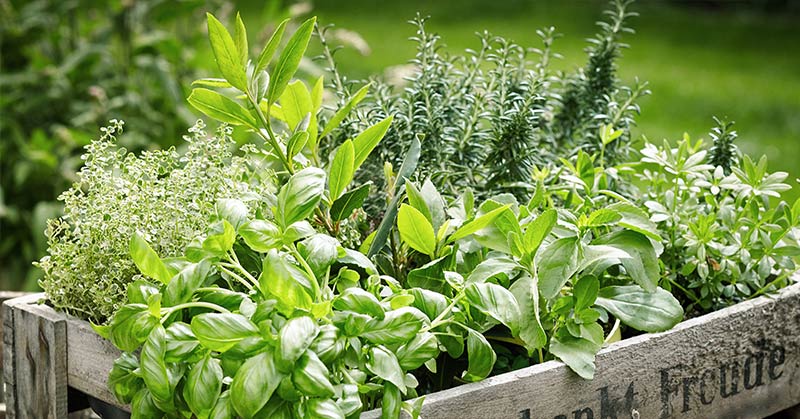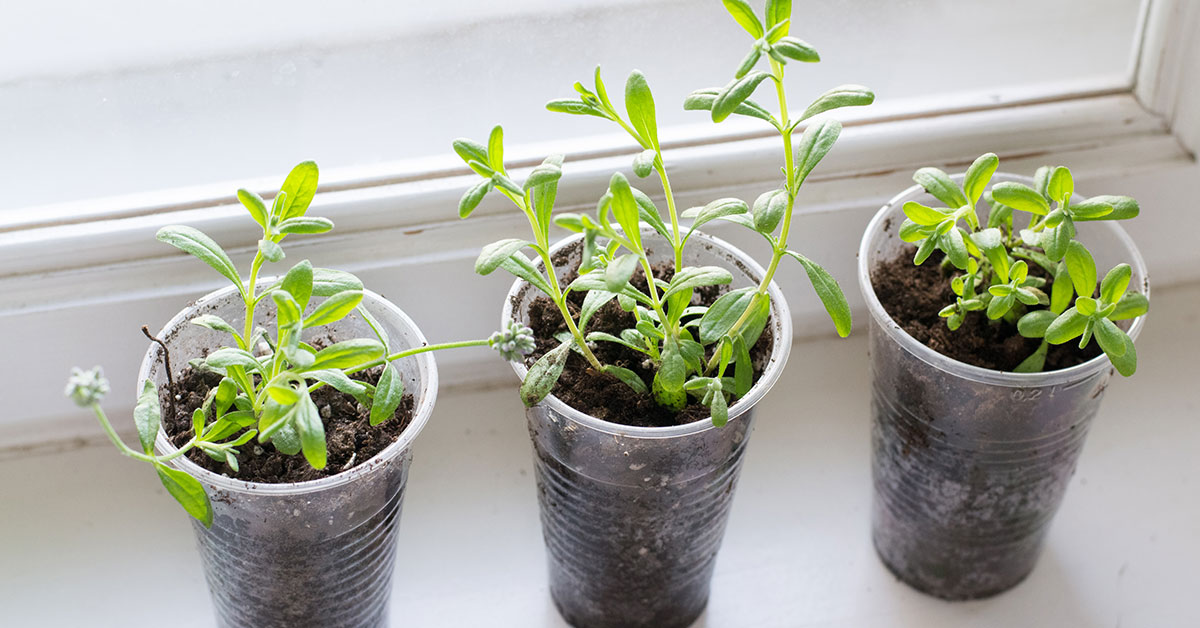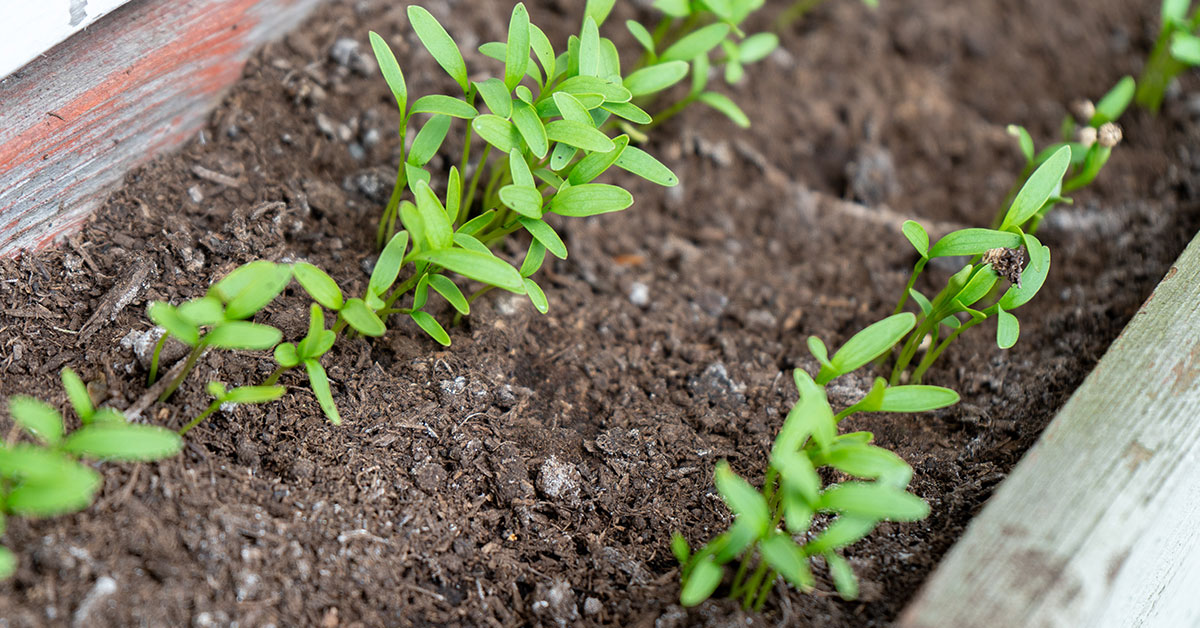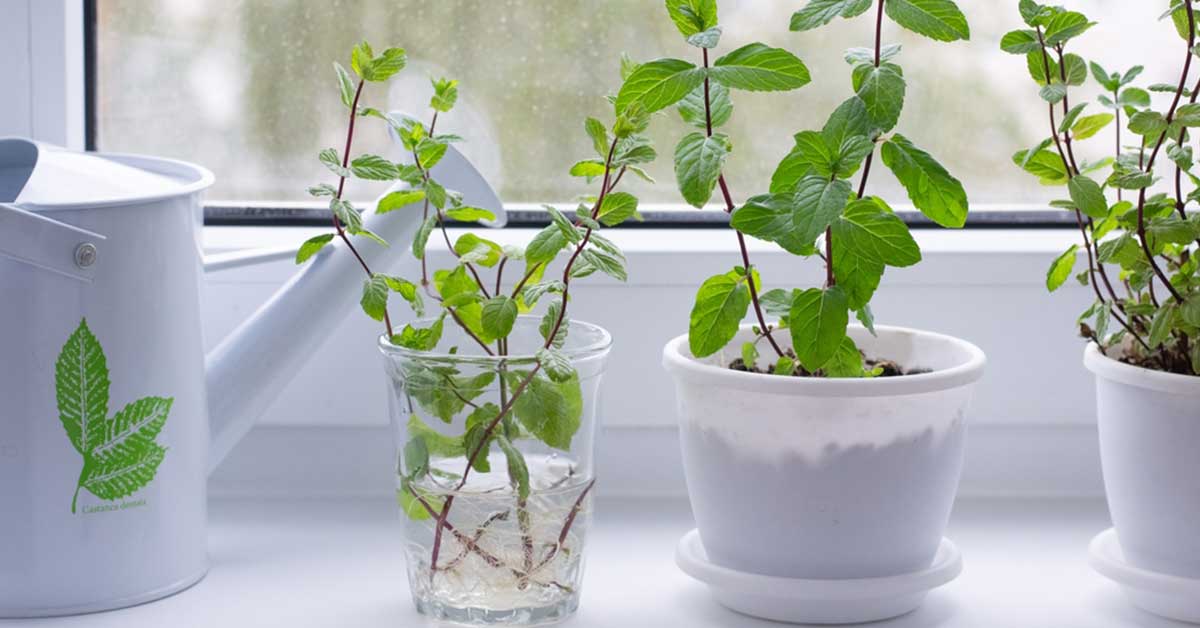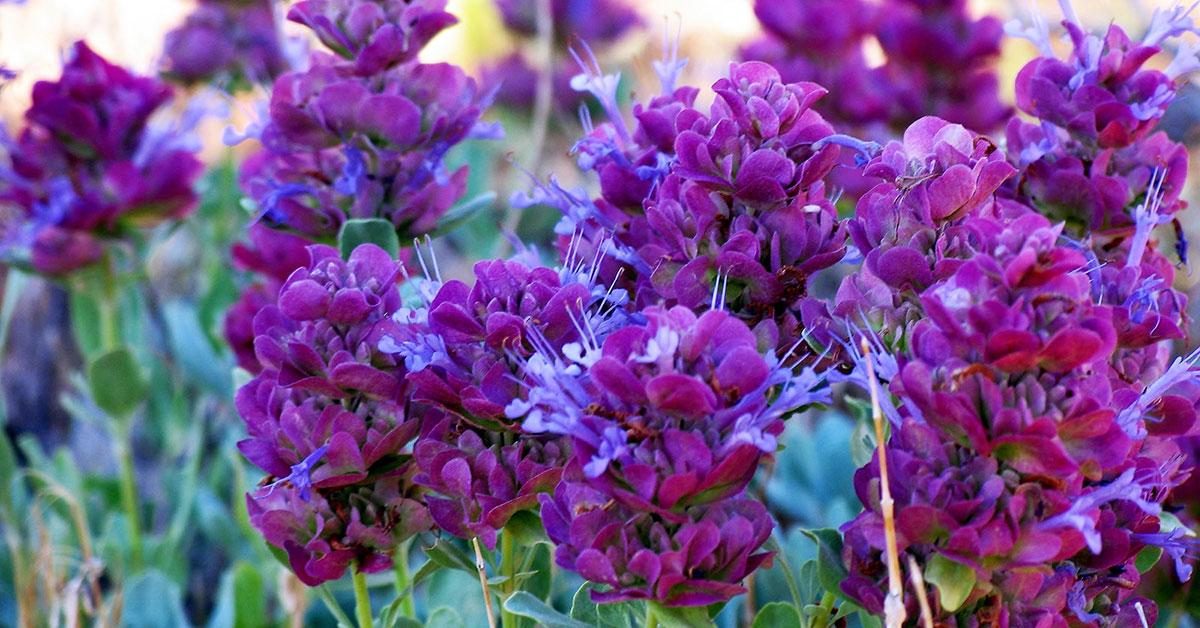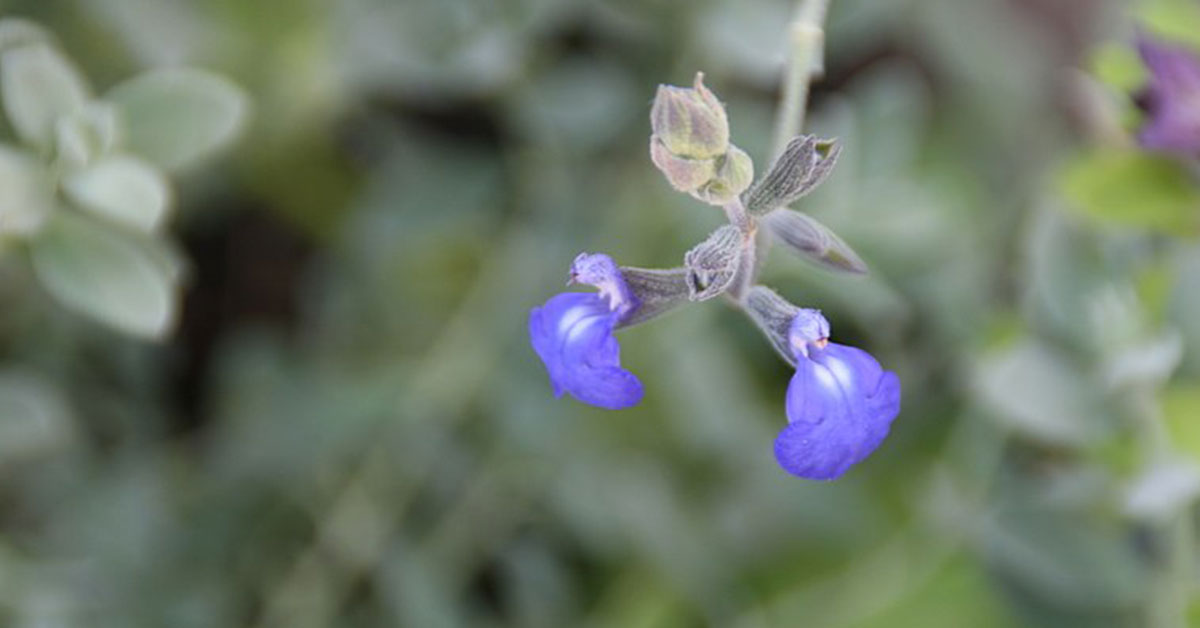Greek Basil (Ocimum basilicum) is a popular herb that has been cultivated in Greece for centuries. It belongs to the mint family and is widely used in Mediterranean cuisine for its aromatic and flavorful properties.
The herb is a staple ingredient in Greek salads, sauces, and soups, and its fragrant leaves are often used to garnish dishes. Greek Basil also has a rich cultural significance in Greece, where it is believed to have medicinal properties and is used in various traditional remedies.
In this article, we will explore the history, uses, and health benefits of Greek Basil, as well as provide tips for growing and cooking with this versatile herb.
What is a Greek Basil?
Greek basil is a popular culinary herb that is native to the Mediterranean region. It is widely used in Greek, Italian, and other European cuisines, and is a favorite among gardeners and chefs alike.
Greek basil is characterized by its fragrant, glossy green leaves and its sweet, slightly spicy flavor. It is a member of the mint family and is closely related to other popular herbs such as thyme, oregano, and rosemary.
In addition to its culinary uses, Greek basil is also known for its medicinal properties. It contains several important nutrients and antioxidants, including vitamin C, vitamin A, and flavonoids, which have been shown to help reduce inflammation, boost the immune system, and improve overall health.
Whether you are a seasoned chef or a home gardener, this herb is a versatile and delicious herb that is sure to add flavor and nutrition to any meal. So why not add some to your herb garden or spice rack today and start exploring all the wonderful ways you can use this delicious herb in your cooking!
What makes Greek Basil different from other varieties?
Greek Basil, also known as Greek Columnar Basil or Greek Bush Basil, is a specific variety of basil that stands out due to its unique growth habit and flavor profile. Here are a few characteristics that differentiate it from other varieties:
Growth Habit: Greek Basil has a distinct growth habit, featuring compact, bushy plants with densely packed leaves. It tends to grow in a columnar or upright manner, reaching a height of about 12 to 18 inches (30 to 45 cm). This growth pattern makes it suitable for container gardening and smaller garden spaces.
Leaf Appearance: The leaves of Greek Basil are small to medium-sized, generally narrower and more elongated compared to other basil varieties. The leaves are bright green, slightly curled, and often have a glossy appearance. The foliage has a delightful aroma when crushed or brushed against.
Flavor: This herb offers a flavor profile that is similar to sweet basil but with its own distinct characteristics. It has a mildly spicy and peppery taste, with hints of anise and clove. The flavor is not as sweet or intense as some other basil varieties, making it a preferred choice for those seeking a more subtle basil flavor.
Culinary Uses: this herb is commonly used in Mediterranean cuisine, particularly in Greek and Italian dishes. Its flavor complements various dishes, including salads, pasta sauces, marinades, soups, and herb-infused oils. The compact size and upright growth make it ideal for garnishing and adding flavor to smaller plates or individual servings.
It’s worth noting that while Greek Basil has its unique traits, there can still be variations within this variety due to factors like growing conditions and regional variations.
Where do you grow Greek Basil?
Greek basil is a delicious herb that adds flavor and aroma to a variety of dishes. Growing your own Greek basil is not only a great way to have a fresh supply of this herb on hand, but it will also save you money in the long run. Here are some tips on how to grow this herb:
- Choose the right location: Greek basil needs plenty of sunlight, so choose a location in your garden that gets at least 6 hours of direct sunlight each day. It also needs well-draining soil that is rich in nutrients.
- Plant the seeds: Greek basil seeds can be planted directly into the ground or in a container. If planting in a container, make sure it has drainage holes. Plant the seeds about ¼ inch deep and 6 inches apart.
- Water regularly: this herb needs to be watered regularly, but be careful not to overwater. Water the plants when the soil feels dry to the touch, but make sure the soil is not waterlogged.
- Fertilize: Once the plants have grown a few inches tall, you can start fertilizing them with a balanced fertilizer. Follow the instructions on the fertilizer packaging and fertilize once a month.
- Prune regularly: Pruning your plants will encourage bushier growth and prevent the plants from getting too leggy. Pinch off the top leaves of the plant when it reaches about 6 inches tall, and continue to pinch off new growth as it appears.
By following these tips, you can have a healthy and thriving plant in your garden. With a little care and attention, you’ll be able to enjoy fresh Greek basil in your cooking all season long.
Other tips for growing
If you’re interested in growing Greek Basil, there are several tips that can help ensure a successful harvest. Here are some other tips for growing this herb:
- Soil: Greek Basil requires well-drained soil that is rich in organic matter. A pH range of 6.0 to 7.0 is ideal, and the soil should be moist but not waterlogged.
- Sunlight: Basil loves sunlight, so make sure your plants get at least 6 hours of direct sunlight per day. If you’re growing your plants indoors, consider using grow lights to supplement natural light.
- Watering: Basil plants need consistent moisture, but overwatering can lead to root rot. Water your plants deeply once a week, or more often in hot weather.
- Fertilizer: Basil is a heavy feeder, so it’s important to fertilize your plants regularly. Use a balanced fertilizer every 2-3 weeks, or use a slow-release fertilizer at the beginning of the growing season.
- Pruning: Regular pruning is important for encouraging bushy growth and preventing your plants from becoming leggy. Pinch off the top two sets of leaves when your plants reach about 6 inches tall, and continue to pinch back new growth throughout the growing season.
By following these tips, you can help ensure a successful harvest of delicious and fragrant Greek Basil.
Common problems with growing Greek Basil
Like any plant, Greek Basil can face some common problems that can affect its health and growth. In this section, we will discuss some of the most common problems that people face when growing this herb.
- Overwatering: Greek Basil requires regular watering, but overwatering can be a problem. When the soil is too wet, it can cause the roots to rot, which can lead to the death of the plant. To avoid overwatering, ensure that the soil is well-drained and that you water the plant only when the soil is dry.
- Lack of sunlight: this herb requires plenty of sunlight to grow properly. If the plant is not getting enough sunlight, it can become weak and susceptible to pests and diseases. Ensure that the plant is placed in a sunny spot and receives at least six hours of direct sunlight each day.
- Pest infestations: Like any plant, Greek Basil can be affected by pests such as aphids, spider mites, and whiteflies. These pests can cause damage to the leaves, which can lead to stunted growth and reduced flavor. To prevent pest infestations, keep the plant clean and free from debris, and use natural pest control methods such as neem oil or insecticidal soap.
- Fungal diseases: Greek Basil is susceptible to fungal diseases such as powdery mildew and downy mildew. These diseases can cause the leaves to turn yellow and brown, and can lead to the death of the plant. To prevent fungal diseases, ensure that the plant is well-ventilated, and avoid getting the leaves wet when watering.
By being aware of these common problems and taking steps to prevent them, you can ensure that your Greek Basil plants thrive and produce an abundance of flavorful leaves.
Uses
Greek Basil is widely used in Mediterranean cuisine. It’s an essential ingredient in many dishes, but its uses go beyond just cooking. Here are some of the most common uses for this herb:
- Cooking: Greek Basil is a staple ingredient in many Mediterranean recipes. It’s commonly used in tomato-based sauces, pesto, soups, stews, and salads. The herb’s sweet and slightly spicy flavor can enhance the taste of any dish.
- Aromatherapy: It has a pleasant scent that can promote relaxation and reduce stress. It’s often used in aromatherapy oils, candles, and incense.
- Medicinal: It has many medicinal properties. It’s an excellent source of antioxidants, which can help protect the body against damage from free radicals. It’s also believed to have anti-inflammatory and antibacterial properties.
- Pest repellent: Greek Basil is a natural pest repellent. The herb’s strong scent can help keep mosquitoes, flies, and other insects away.
- Beauty treatments: this herb can be used in various beauty treatments. It’s known to have skin-healing properties and can be used to treat acne, eczema, and other skin conditions. It’s also an excellent natural hair conditioner and can help promote hair growth.
Greek Basil has many uses beyond just cooking. Its pleasant scent, medicinal properties, and pest-repelling abilities make it a versatile herb that can be used in various ways. Whether you’re looking to add flavor to your meals or promote relaxation, Greek Basil is an excellent herb to add to your collection.
